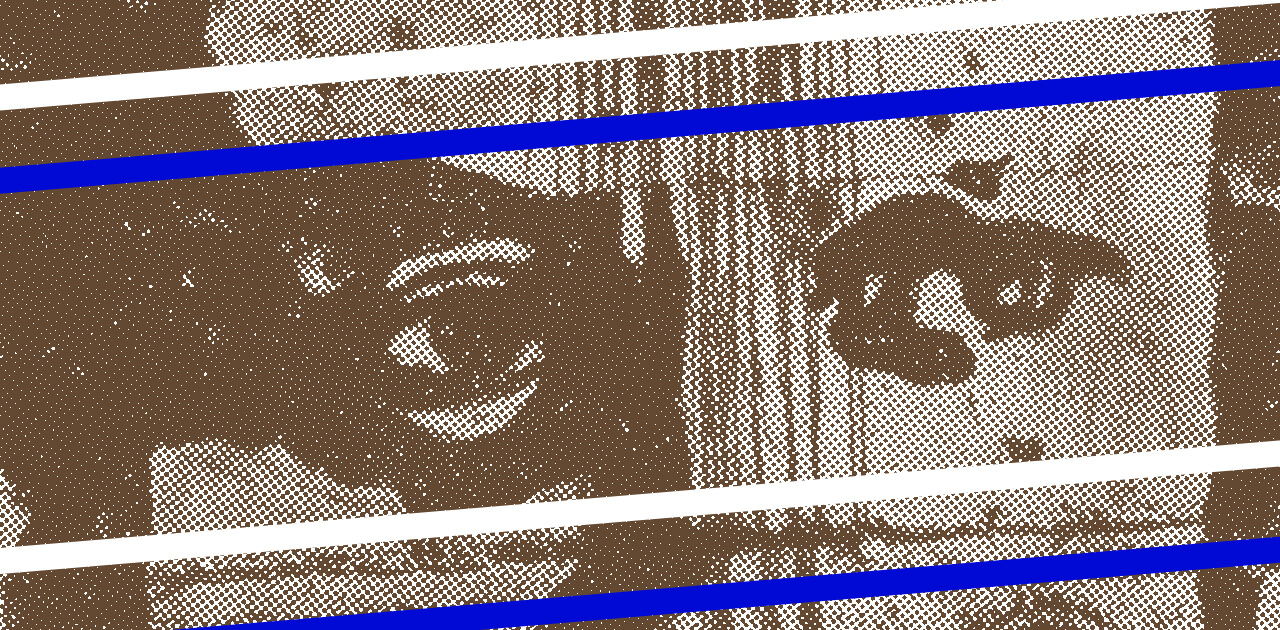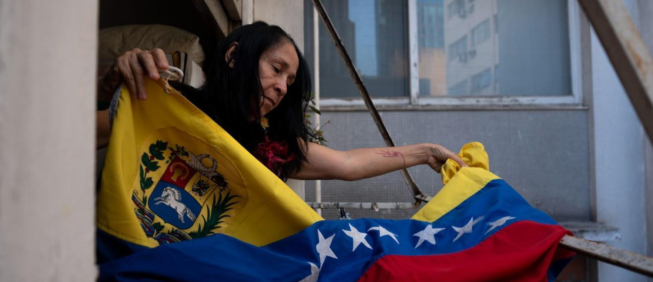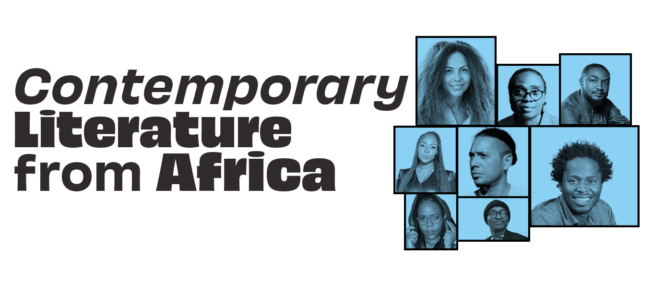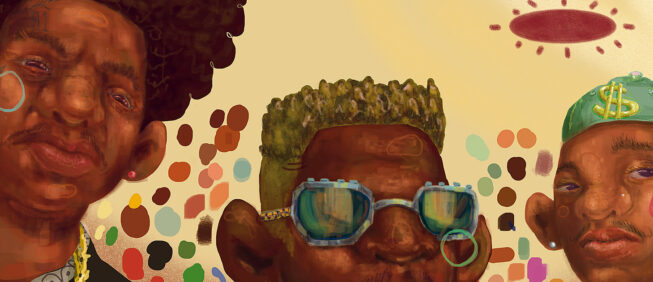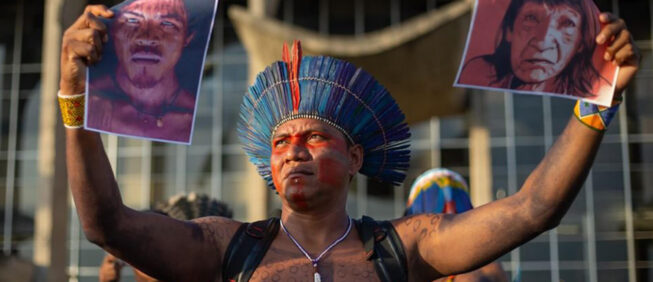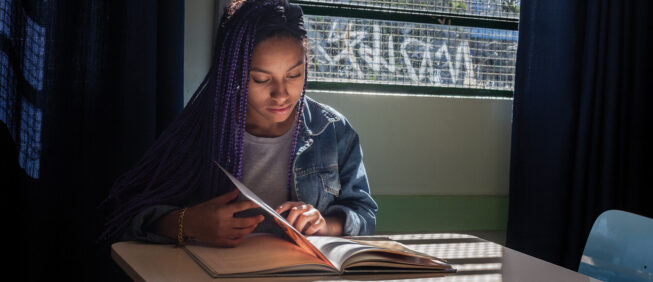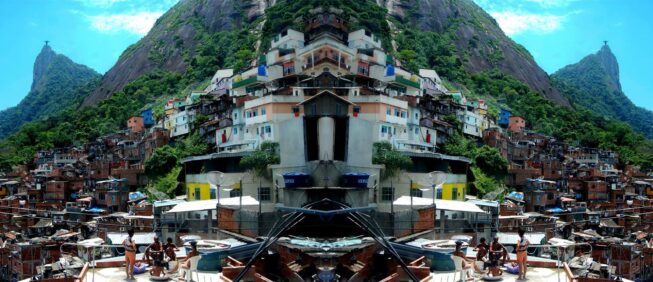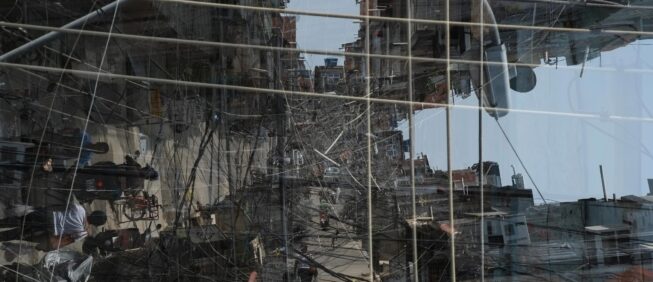Ghassan Kanafani: The Palestinian author whose words cannot be assassinated
First biography in Hebrew about Kanafani echoes Palestinian resistance in a moment of escalating oppression
Hagai El-Ad
| Israel | Palestine |
March, 2023
Introduction by Danny Rubinstein, author of the recently published "Why didn’t you bang on the sides of the tank?" (Yedioth Books — Books in the Attic, 2022)
It has been more than 50 years since Palestinian author Ghassan Kanafani was assassinated in Beirut — an assassination that was a link in the chain of Israel’s campaign against the Palestinian national movement. In the decades since, Israel has instituted an apartheid regime in the entire territory under its control, from the Mediterranean Sea to the Jordan River. It is a regime that entrenches the supremacy of about seven million Jews over roughly the same number of Palestinians living in Israel/Palestine.
The Palestinians living in this territory are fragmented into disjointed geographies, each with the specific level of oppression and dispossession Israel chooses to employ against it. About two million Palestinians live in Gaza under a yearslong blockade; close to three million live as subjects in the West Bank or with the inferior status of “permanent residents” in East Jerusalem; and about two million more are unequal citizens inside the Green Line.
Kanafani did not become the Palestinian public’s most cherished and best-known author by chance. His life story is not just the story of a 12-year-old boy from Acre turned refugee. It is also a symbol of a never-ending struggle. Even now, when Arab nationalism is on the decline, and Arab countries have all but forsaken the Palestinian cause — even now Kanafani remains essential. His literary work reminds his masses of readers and fans that they must keep resisting Israeli rule and that they must not give up. Palestinian resistance takes many forms, some of them violent, but Kanafani’s image is always present.
After the Nakba, Palestinians were on the brink of dropping off the stage of history. Kanafani, of the Nakba generation, was vital in freeing the Palestinian people from the shackles of this fate. His life, his writing, his legacy, all symbolize this struggle for liberation – liberation from the fate of displacement and dispossession, liberation from Israeli oppression, liberation of consciousness and political liberation in the enduring battle for freedom, return and justice.
Israel destines Palestinians to a life of permanent imprisonment, whether it is the prison of exile or the prison of living under an apartheid regime. Kanafani’s vision defies this Israeli aspiration. In any event, whatever Israel may do — Kanafani’s words can never be imprisoned.
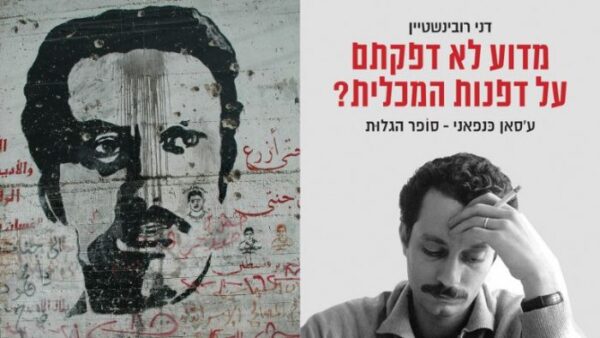
Kanafani’s return
Walk into a bookstore in Israel these days and you’re likely to find a new book about one of the greatest writers this land has known, an author whose writing continues to influence millions: Ghassan Kanafani. It is the first book in Hebrew about Kanafani, a Palestinian whom Israel still considers a terrorist. Born in Acre in 1936, Kanafani was exiled at age 12 during the Nakba: “When we reached Sidon, in the afternoon, we became refugees,” he wrote in the autobiographical The Land of Sad Oranges (trans. Nejmeh Khalil-Habib).
Kanafani was assassinated in Beirut 50 years ago along with his 17-year-old niece, Lamees. He was 36 years old and had never returned home. Yet his writing, much like his portrait on the cover of this absorbing book, remains poignant. Reading Kanafani offers a key to start gathering the threads that most Jews prefer to remain loose: “You and me and all the kids our age didn’t understand what was going on. But that night, we started to gather the threads of the story” (The Land of Sad Oranges).
In the book, Israeli journalist Danny Rubinstein presents Hebrew readers with an idea that is truly subversive in Israel’s current political climate: that Palestinian resistance to the Zionist enterprise is not “innately antisemitic,” but is rather rooted in very real factual and political motivations. The notion that the history of the past 100 years — and especially that of the Jewish political project in Palestine — can be objectively connected to Palestinian resistance to this project may seem trivial. Yet Israel is so immersed in its own propaganda, self-righteousness and self-victimization that it keeps regurgitating the lie that all this is nothing but a Palestinian form of antisemitism, which rejects Judaism altogether and acts against Jews “just because they are Jews.” This, in service of undermining the Palestinian resistance to a specific political project of (many) Jews: Zionism.
The founding fathers of Zionism did not bother with this kind of propaganda nonsense: they were much more decent in their understanding of Palestinian resistance. In The Iron Wall (1923), Jabotinsky wrote: “…see whether there is one solitary instance of any colonisation being carried on with the consent of the native population. There is no such precedent.” As the native population cannot consent, it is likely to “forcefully interfere” with the fulfillment of Zionism, despite the “moral and just” nature of the movement. “Justice must be done,” wrote Jabotinsky, “no matter whether Joseph or Simon or Ivan or Achmet agree with it or not.”
Ben-Gurion agreed, certainly on that point: “We want the same thing they do: we both want the Land of Israel. That is a fundamental contradiction. There has never been in history, nor do I think there will be in history, a case of a people voluntarily giving up their land – they think it is their land – in order to let another nation in” (1936).
“From a distance, we heard the sound of gunshots,” wrote Kanafani. Those gunshots are still ringing out 74 years later, and will continue to reverberate. Rubinstein takes the reader back to the events of the 1948 Nakba, whose outcome shaped Kanafani’s identity, writing, life — and death. We read about what we did to the Palestinians in Lydda and about the deportation of tens of thousands — and hear directly from Israelis and Palestinians who were there.
Here’s one Israeli describing what happened on July 12, 1948: “The population of Lod (Lydda) did not leave voluntarily. There was no way to avoid using force and warning shots in order to make the residents march the 15-20 kilometers to the point where they met the (Arab) Legion forces.” Here’s one Palestinian: “It was midday, terrible heat. There was no water. Old people and children fell by the wayside. Many got dehydrated and died... The days of horror in Lydda have stayed with me all my life... Thirty thousand people marching, crying... shouting in fear... women with babies and children in tow.”
The Israeli quoted was the commander of the Harel Brigade at the time, Yitzhak Rabin – the man who gave the orders. The Palestinian was medical student George Habash, who later founded the Popular Front for the Liberation of Palestine (PFLP) and whose life became intertwined with Kanafani’s until the very end: Kanafani founded the organization’s weekly, Al-Hadaf, in 1969 and edited it until his death almost three years later.
Rubinstein stresses that most Israelis recognize Kanafani’s name in a political context, primarily as the most prominent PFLP spokesperson. Yet Palestinians remember Kanafani first and foremost for his literature. His writing certainly drew on politics and shaped the views of many Palestinians.
Rubinstein offers a historiography of Kanafani that traces his life as a refugee in Damascus, a teacher in Kuwait, a journalist in Beirut – and an author, weaving his writing throughout. Special attention is devoted to two of Kanafani’s works: Return to Haifa and Men in the Sun. The famous quote from the latter, “Why didn't you bang on the sides of the tank?” is the title of Rubinstein’s book. In this intimate portrayal every chapter of Kanafani’s life, and every chapter in Rubinstein’s book, “reflect all the orange trees he had left behind for the Jews” (The Land of Sad Oranges).
Shifting between literature and reality, shadows and mirrors, the echoes bounce off each other from page to page. Rubinstein notes that the first time a Fatah operative was killed was on January 1, 1965, while infiltrating Israel from Jordan in order to sabotage the National Carrier, the country’s main water pipe. Ahmed Musa crossed into Israel successfully, but while attempting his second crossing – back into Jordan – he was shot to death by Jordanian guards. Kanafani published Men in the Sun two years earlier, in 1963. Protagonists Abu Kais, Assad and Marwan survive their first border crossing; they meet their horrible death in the second.
The book is also full of shattered bodies. One is a Kanafani character from a 1960 anthology, Abu ‘Othman, who wants to be buried in his native Ramle and therefore chooses to remain under Israeli rule. Yet after Israeli soldiers kill his wife and daughter before his very eyes, he blows himself up in the command headquarters. Thus, Abu ‘Othman did stay in his homeland, but his dream was shattered. Or take the very real body of Maher Habeyshi from Nablus, dismembered as he blew himself up on a bus in the Haifa neighborhood of Halisa in 2001 — near where the protagonists of Return to Haifa lived. And of course, there is the omnipresent shattered body of Kanafani himself, killed in July 1972 in Beirut. The newspapers of the time reported that thirty thousand people attended the funeral — held in the exile from which he never returned.
originally published in Hebrew (Haokets)
and Arabic (Al-Quds).
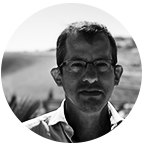
Hagai El-Ad | Israel |
Executive director of B’Tselem.
